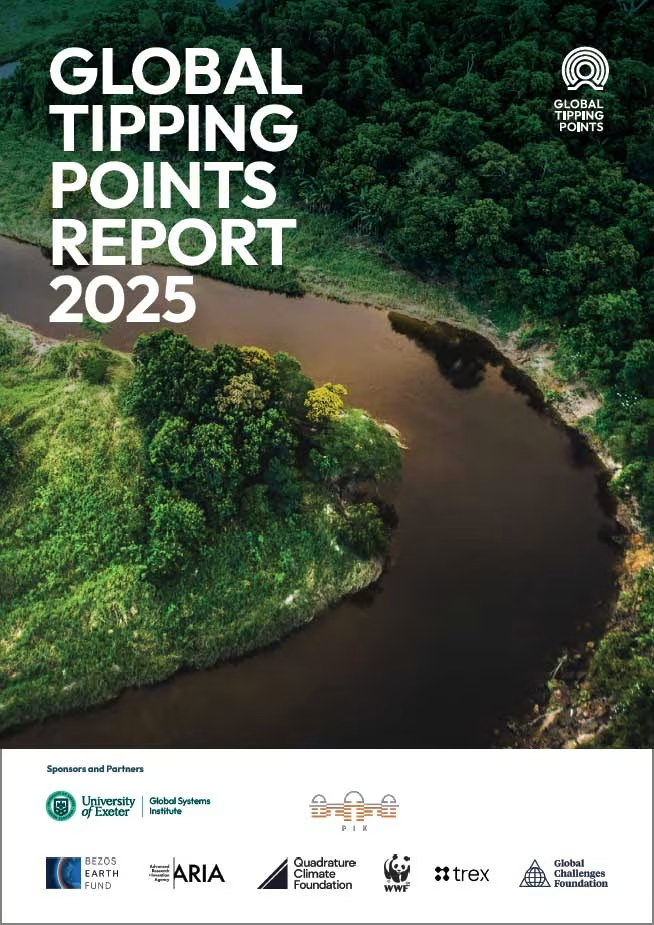This Rangelands Atlas has been developed to document and raise awareness on the enormous environmental, economic and social value of rangelands as well as their different ecosystems. It highlights many of the key changes taking place in rangelands due climate change, land conversion, investments and other human drivers. Of most concern are the predicted trends of climate change and biodiversity loss, which will have significant impacts on some rangeland ecosystems.
The spatial mapping of rangelands was produced by focusing on seven of the 14 global biomes categorised by WWF in their mapping of terrestrial ecoregions around the world. These seven biomes include different types of mainly dryland grasslands, savannas, shrublands and forests, together with wetter and colder biomes such as tundra. Though this mapping does not take into account actual land use and other changes that have taken place on the ground, it is a useful starting point for identifying, documenting and raising awareness on the overall characteristics of rangelands, their contribution to livestock and other food production, ecosystem services, conservation and the broader trends of change taking place.
The Atlas also highlights significant data gaps in rangelands, which have seen proportionately less investment in this regard than other land uses and ecosystems. The spatial map of rangelands is combined with other existing global datasets on different themes, to produce a mapping of that data ‘for rangelands.’
Each entry is presented with a short explanation, a selection of key figures, a story from the field, and a breakdown of terminologies used in the map as required.
Download the Atlas to find out more, and hit share to catalyze support, investment and action for the world’s rangelands.






